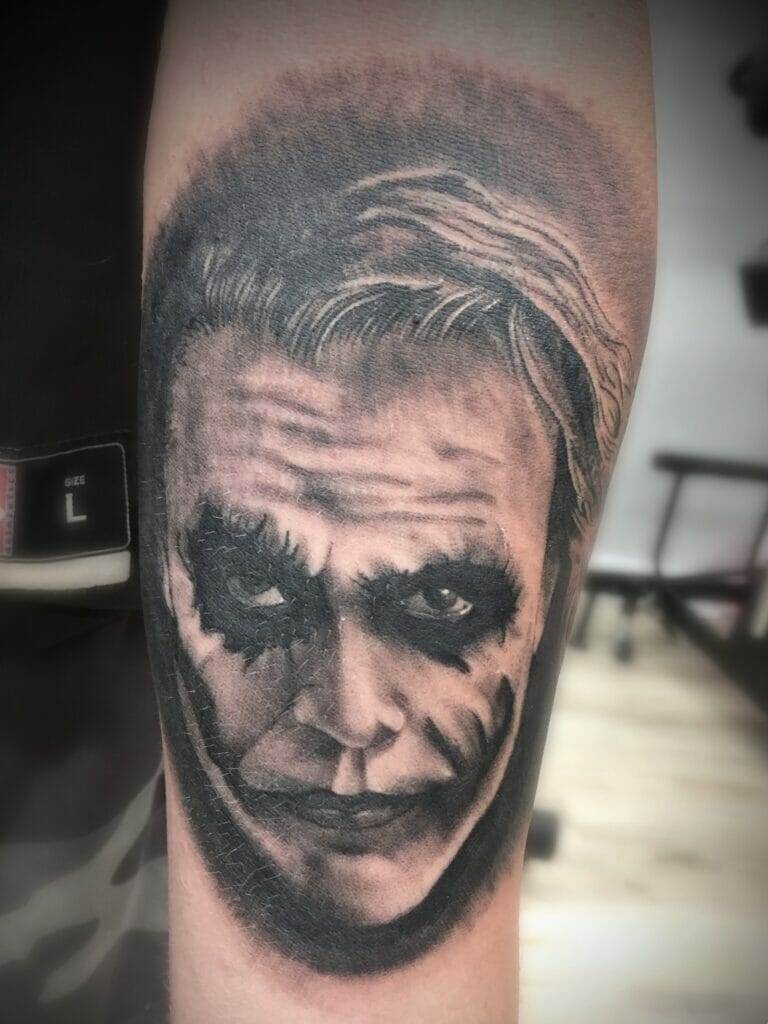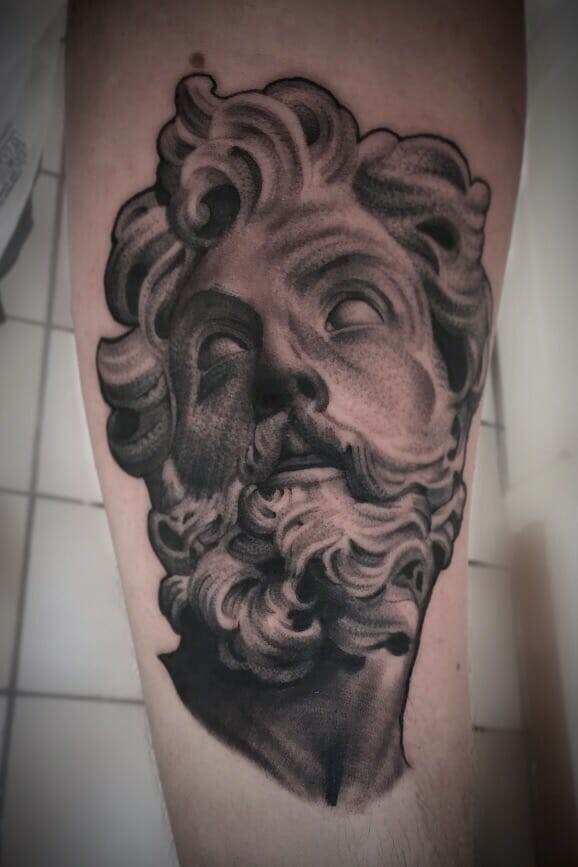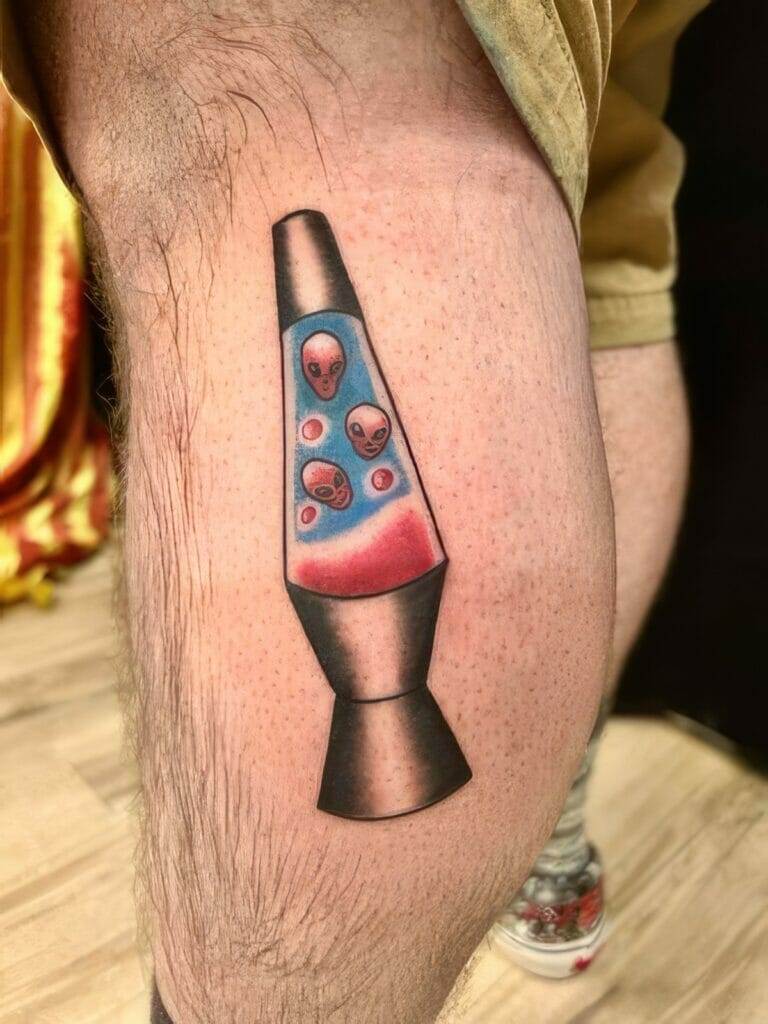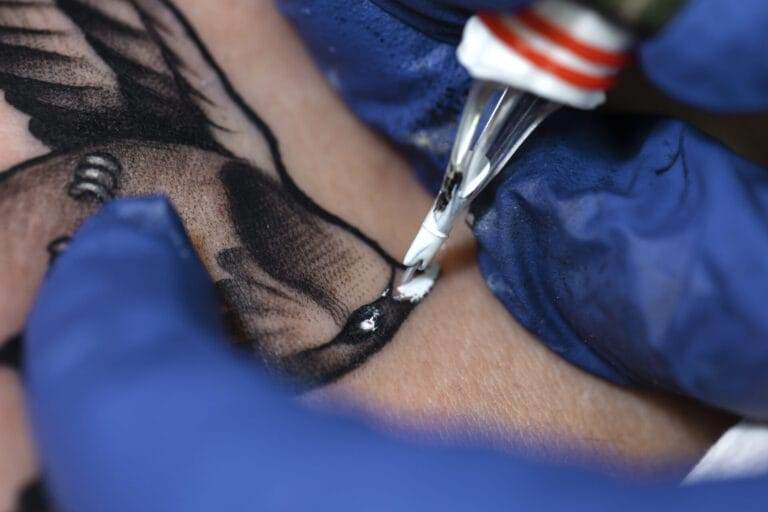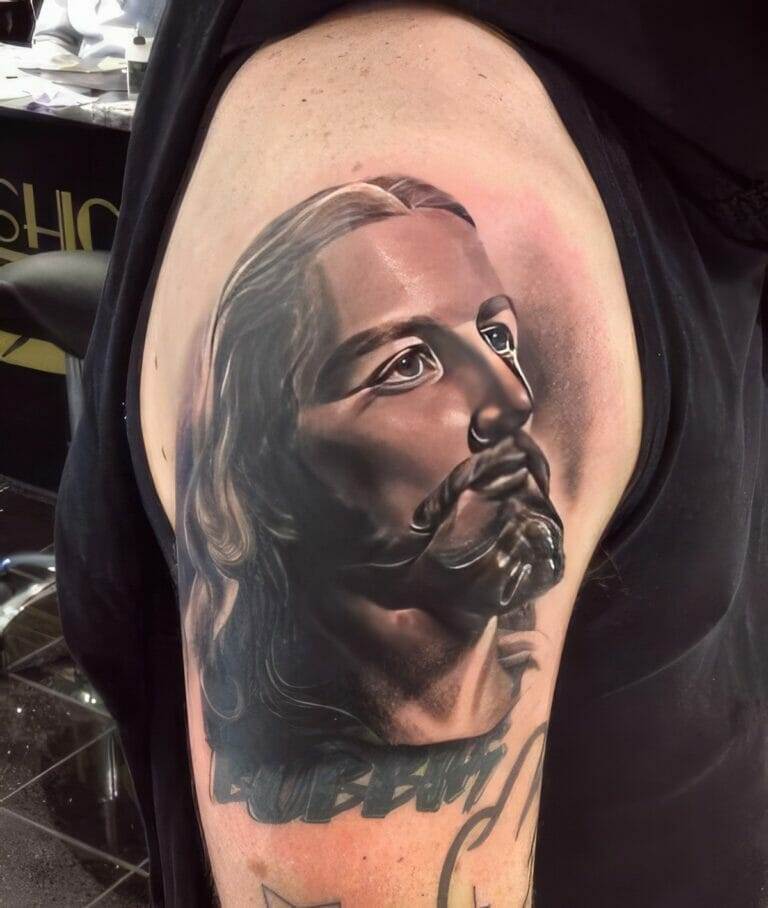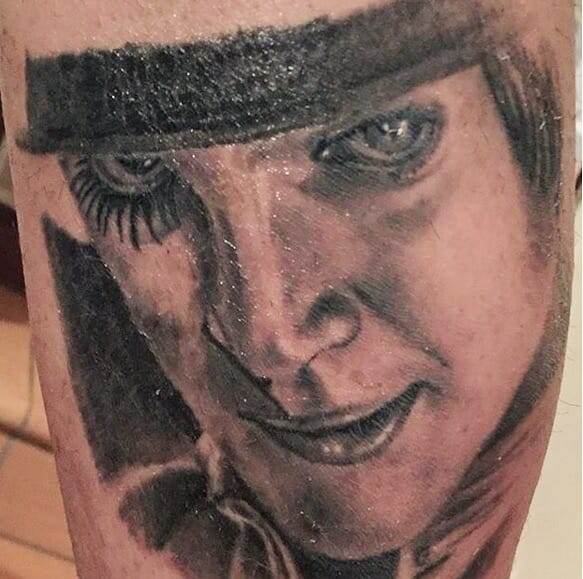
Portrait tattoos have become increasingly popular in recent years, as people seek unique and meaningful ways to commemorate loved ones or important moments in their lives. These tattoos are a form of art that involves capturing the likeness of a person or a specific moment in a permanent and visually striking way. The artistry and skill required to create a realistic and detailed portrait tattoo make them truly remarkable pieces of body art.
The significance of portrait tattoos lies in their ability to create lasting memories. Whether it’s a tribute to a loved one who has passed away, a celebration of a milestone achievement, or simply a way to honor someone special, portrait tattoos serve as a constant reminder of the people and moments that have shaped our lives. They allow us to carry these memories with us wherever we go, serving as a source of comfort, inspiration, and strength.
The Power of a Portrait Tattoo: Creating Lasting Memories
Portrait tattoos hold immense power in their ability to create lasting memories. They serve as a way to remember loved ones who are no longer with us, allowing us to keep their memory alive in a tangible and visible way. These tattoos can be incredibly meaningful and emotional, serving as a source of comfort and solace during difficult times.
One example of the power of portrait tattoos is the story of Sarah, who lost her mother to cancer. Sarah decided to get a portrait tattoo of her mother on her forearm as a way to honor her memory and keep her close. Every time Sarah looks at her tattoo, she is reminded of her mother’s love and strength, providing her with comfort and inspiration.
Finding Inspiration: Choosing the Right Photograph for Your Tattoo
Choosing the right photograph for your portrait tattoo is crucial in ensuring that the final result accurately captures the likeness and essence of the person or moment you are commemorating. When selecting a photograph, it’s important to consider factors such as lighting, angles, and overall composition.
One tip for selecting a photograph is to choose one that is well-lit and has clear details. This will make it easier for the tattoo artist to capture the nuances and features of the subject. Additionally, choosing a photograph that showcases the subject in a natural and relaxed pose can help create a more realistic and lifelike tattoo.
The Process of Creating a Portrait Tattoo: From Sketch to Skin
Creating a portrait tattoo is a multi-step process that involves collaboration between the tattoo artist and the client. The first step is for the artist to sketch out the design based on the chosen photograph. This sketch serves as a blueprint for the final tattoo and allows the client to provide feedback and make any necessary adjustments.
Once the sketch is finalized, the artist will create a stencil of the design, which is then transferred onto the client’s skin. This stencil serves as a guide for the tattoo artist during the actual tattooing process. The artist will then use a tattoo machine to carefully and skillfully apply ink to the skin, creating a permanent representation of the chosen photograph.
The Role of Color in Portrait Tattoos
Color can play an important role in enhancing or detracting from a portrait tattoo. In some cases, using color can bring out certain features or add depth and dimension to the tattoo. However, it’s important to use color sparingly and strategically, as too much color can overwhelm the overall design and make the tattoo appear less realistic.
In many cases, black and gray is the preferred choice for portrait tattoos, as it allows for a more realistic and timeless look. Black and gray tattoos can capture the subtle nuances of shading and create a more lifelike representation of the subject.
The Significance of Placement: Where to Get Your Portrait Tattoo

The placement of a portrait tattoo can greatly affect its overall look and feel. Popular placement options for portrait tattoos include the arm, chest, and back. These areas provide a larger canvas for the tattoo artist to work with and allow for more intricate details.
When choosing the placement of your portrait tattoo, it’s important to consider factors such as visibility and personal preference. Some people may choose to place their tattoo in a more discreet location, while others may want it to be more prominently displayed.
The Healing Process: Caring for Your New Tattoo
Proper aftercare is crucial for the healing process of a new portrait tattoo. It’s important to follow the instructions provided by the tattoo artist, which may include keeping the tattoo clean and moisturized, avoiding direct sunlight, and refraining from picking or scratching at the tattoo.
During the healing process, it’s normal for the tattoo to scab and peel. It’s important not to pick at these scabs, as this can cause damage to the tattoo and affect its final appearance. Following proper aftercare instructions will help ensure that your new portrait tattoo heals properly and retains its vibrancy.
Maintaining Your Portrait Tattoo: Tips for Long-Term Preservation
To keep a portrait tattoo looking vibrant and fresh over time, it’s important to take steps to protect it from sun damage and other factors that can cause fading. One way to do this is by applying sunscreen to the tattoo whenever it will be exposed to direct sunlight. This will help prevent the ink from fading or becoming distorted.
Additionally, it’s important to moisturize the tattoo regularly to keep the skin hydrated and prevent it from drying out. Using a fragrance-free and gentle moisturizer will help maintain the integrity of the tattoo and keep it looking its best.
Portrait Tattoos as a Form of Self-Expression and Commemoration
Portrait tattoos can serve as a powerful form of self-expression and commemoration. They allow individuals to express their love, admiration, or respect for someone special in their lives. Whether it’s a portrait of a family member, a beloved pet, or an influential figure, these tattoos serve as a visual representation of the impact that person has had on their life.
One example of a unique and creative portrait tattoo is the story of Mark, who got a portrait tattoo of his favorite musician on his forearm. Mark’s tattoo not only serves as a way to express his love for the musician but also acts as a conversation starter and a way to connect with others who share his passion.
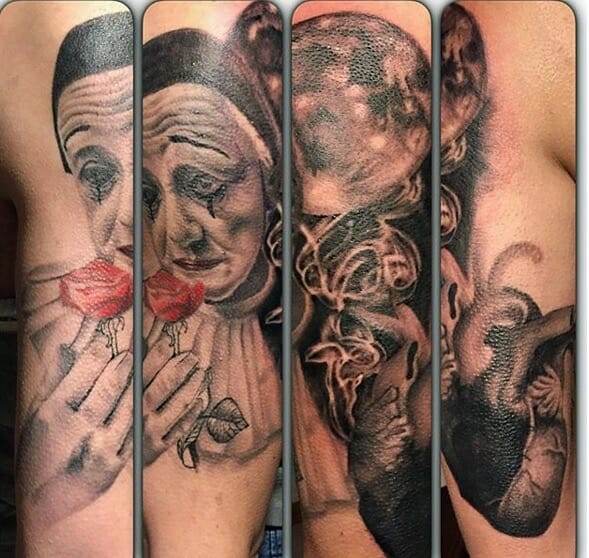
The Enduring Beauty of Portrait Tattoos
In conclusion, portrait tattoos are a form of art that hold immense power and significance. They allow us to create lasting memories and honor the people and moments that have shaped our lives. The process of creating a portrait tattoo requires skill, collaboration, and careful consideration.
When considering a portrait tattoo, it’s important to take the time to find the right artist and photograph for a truly meaningful and beautiful tattoo. By doing so, you can ensure that your portrait tattoo will be a lasting tribute to the people and moments that hold special meaning in your life.

